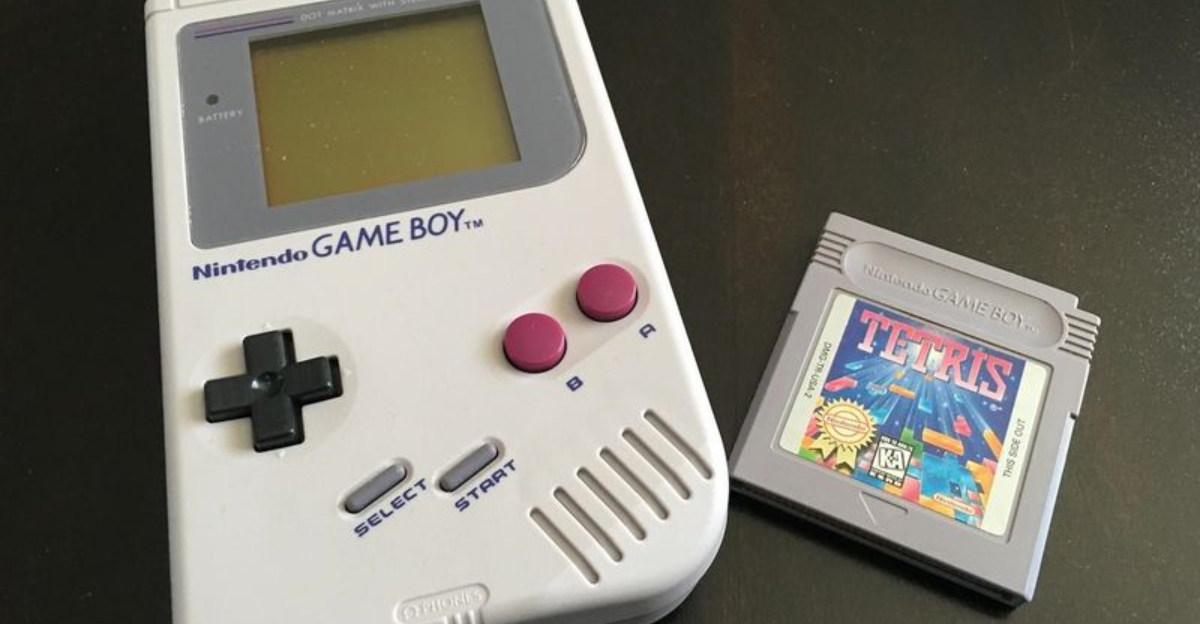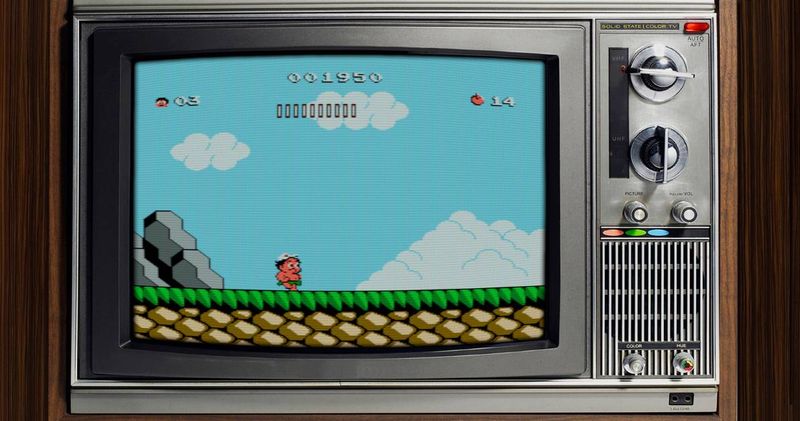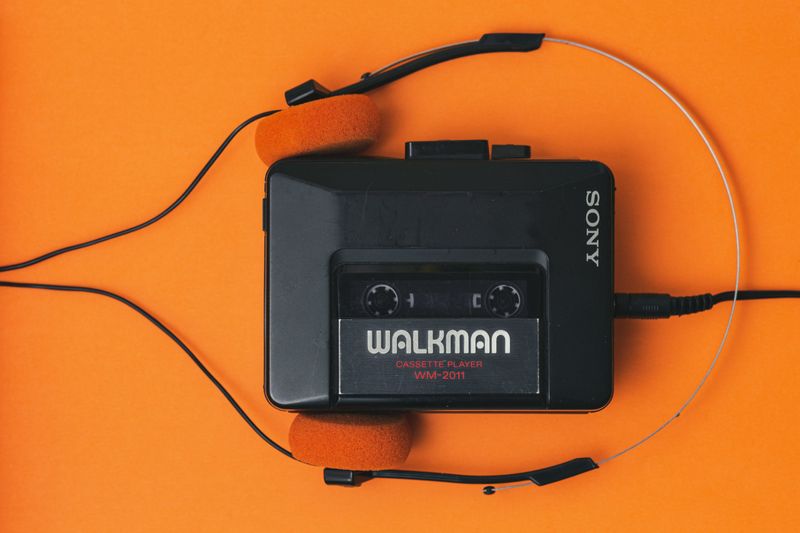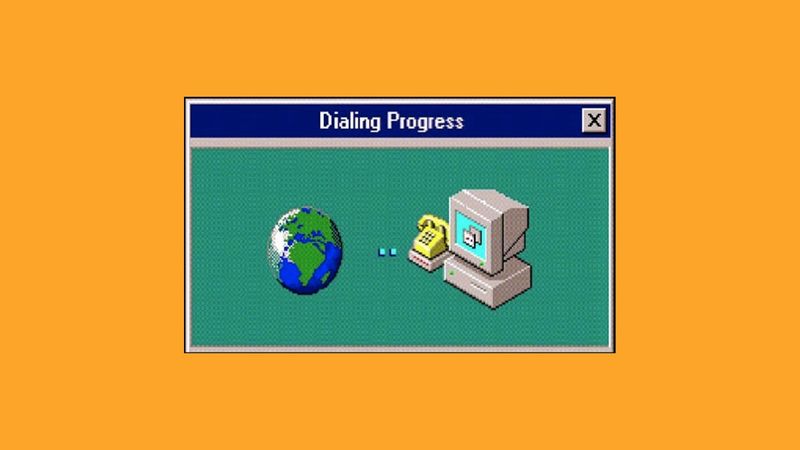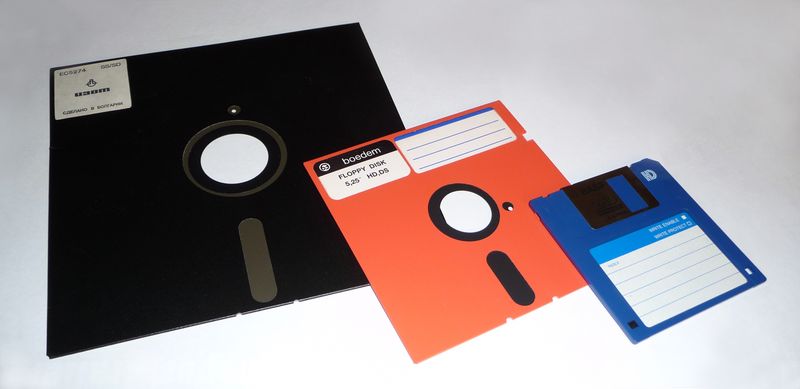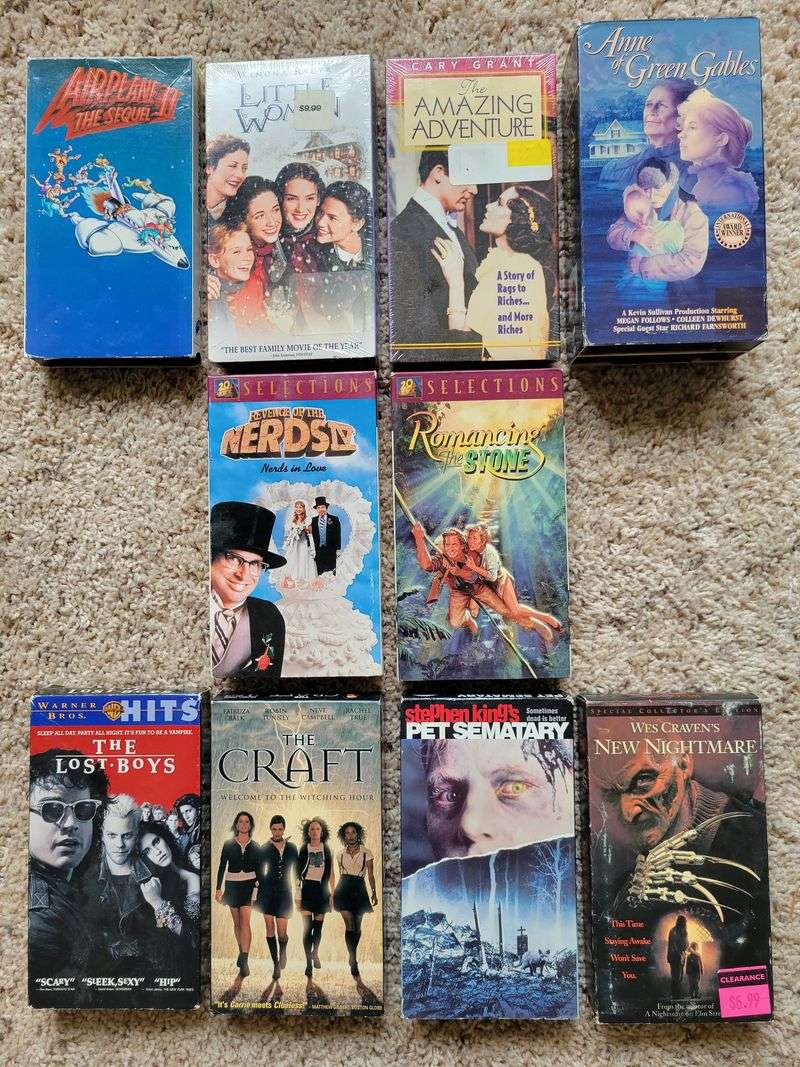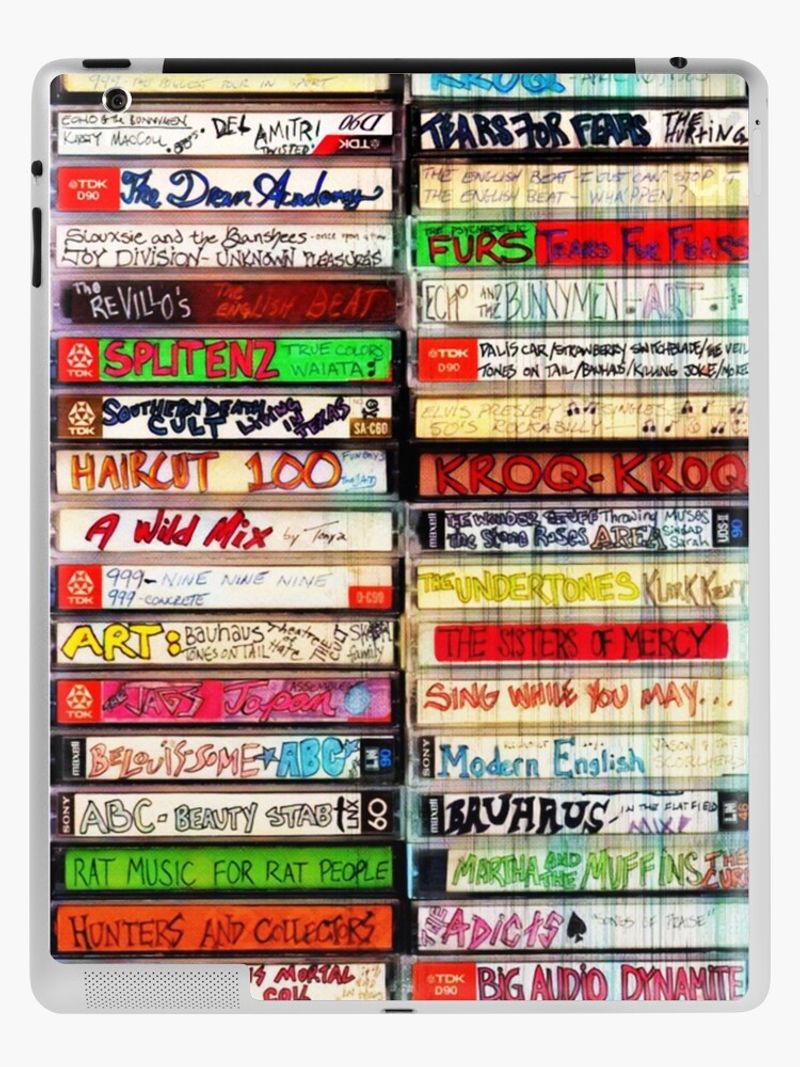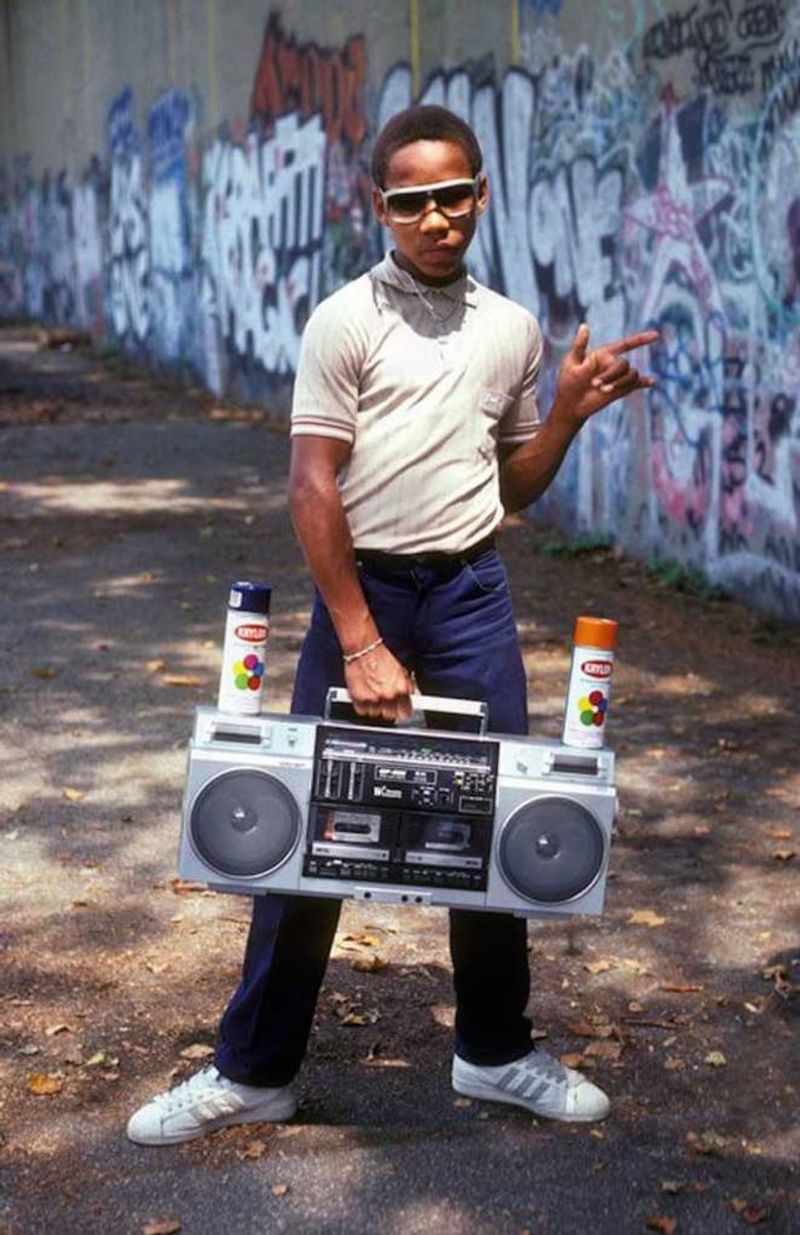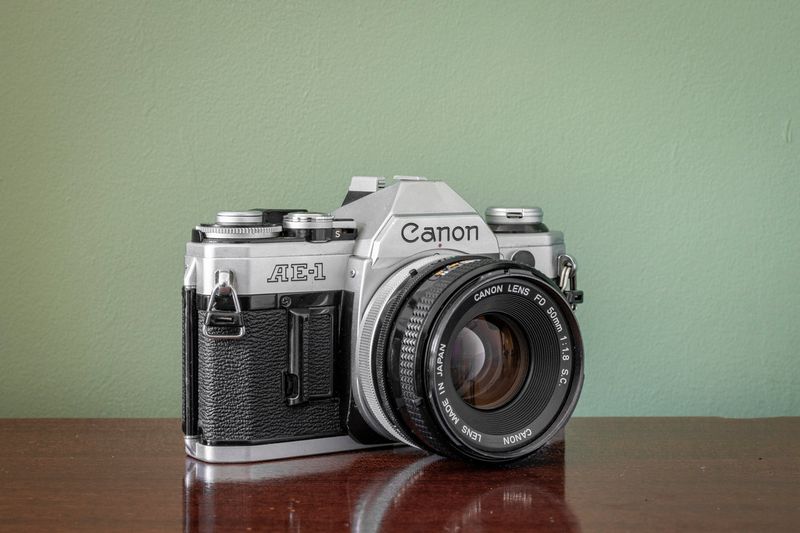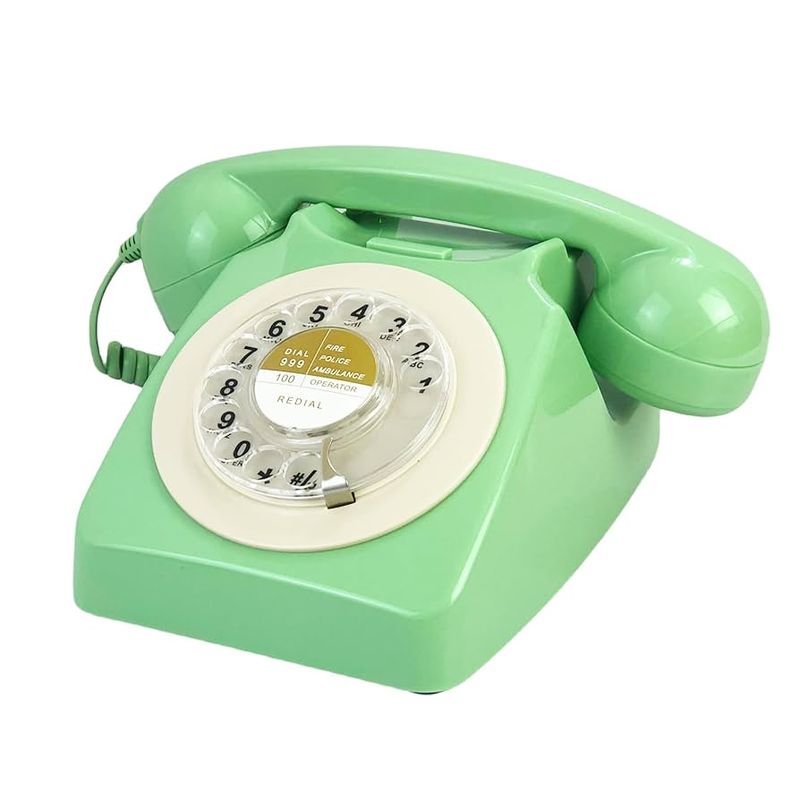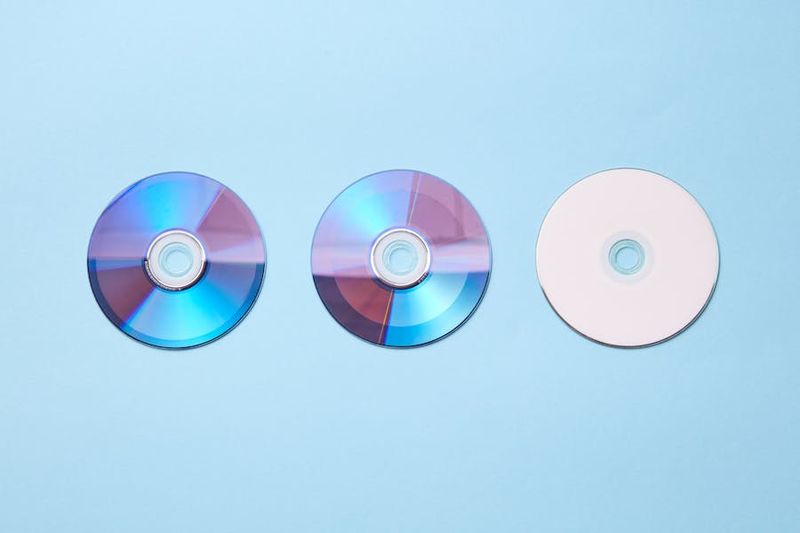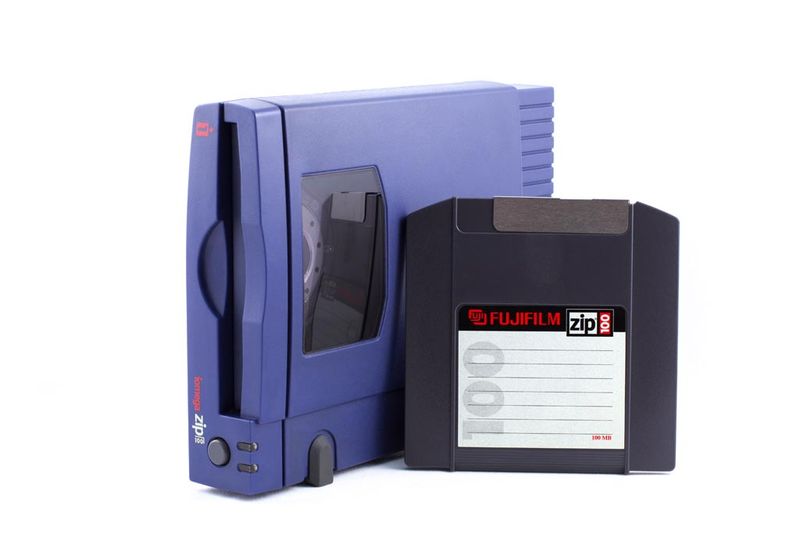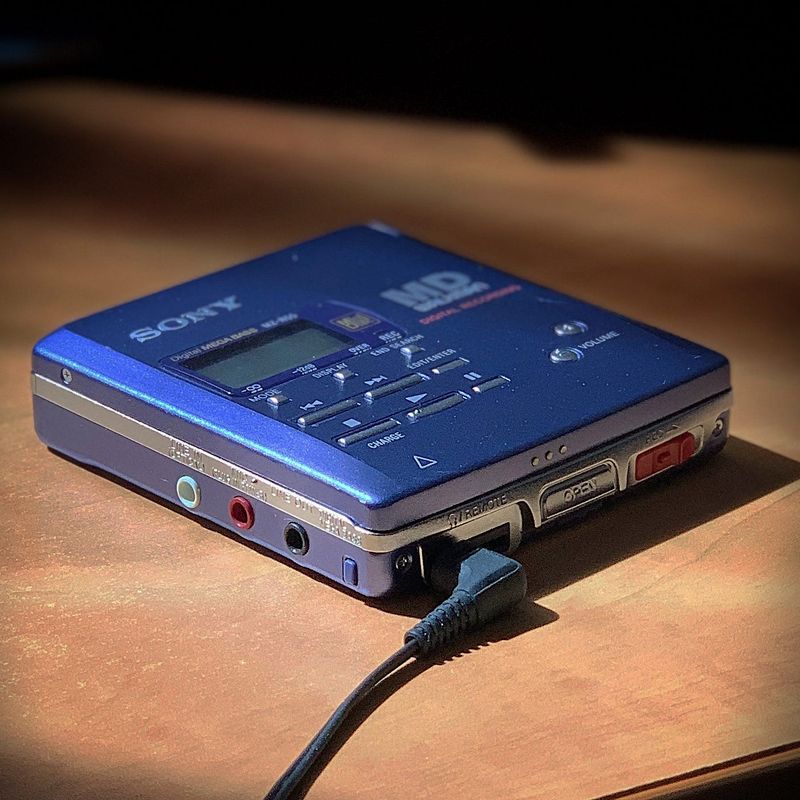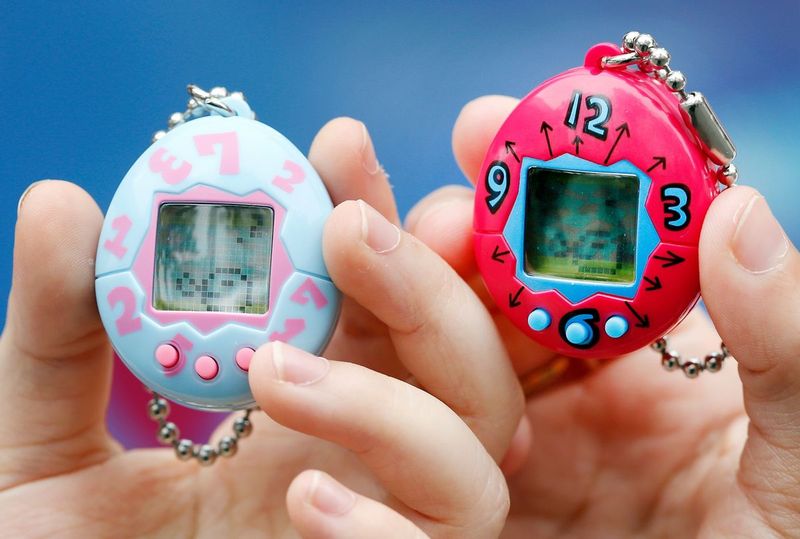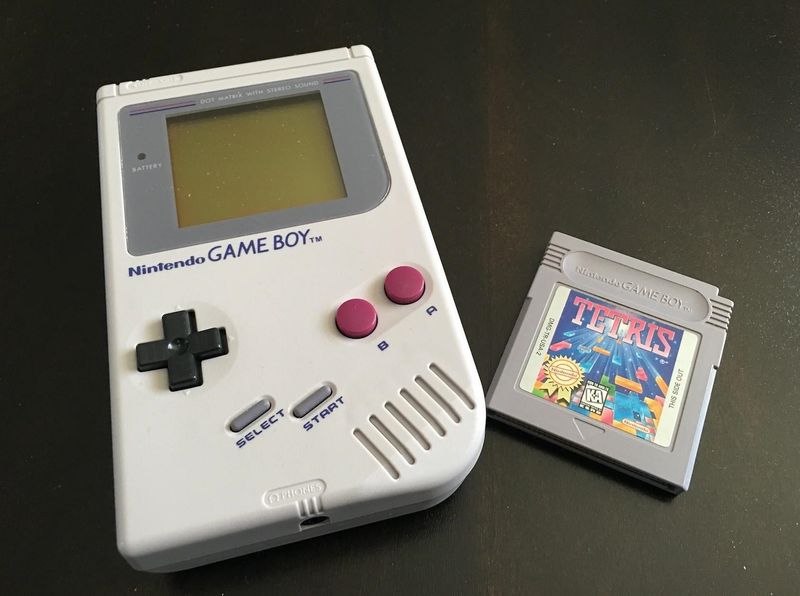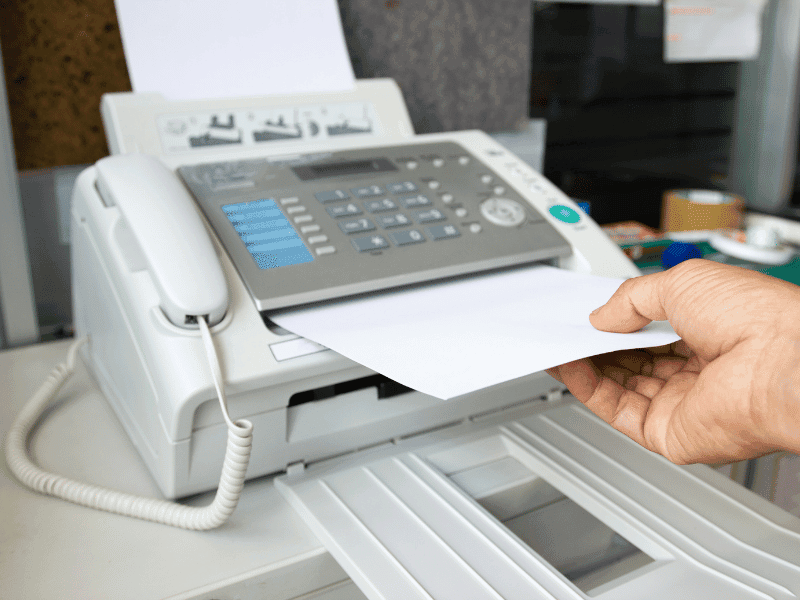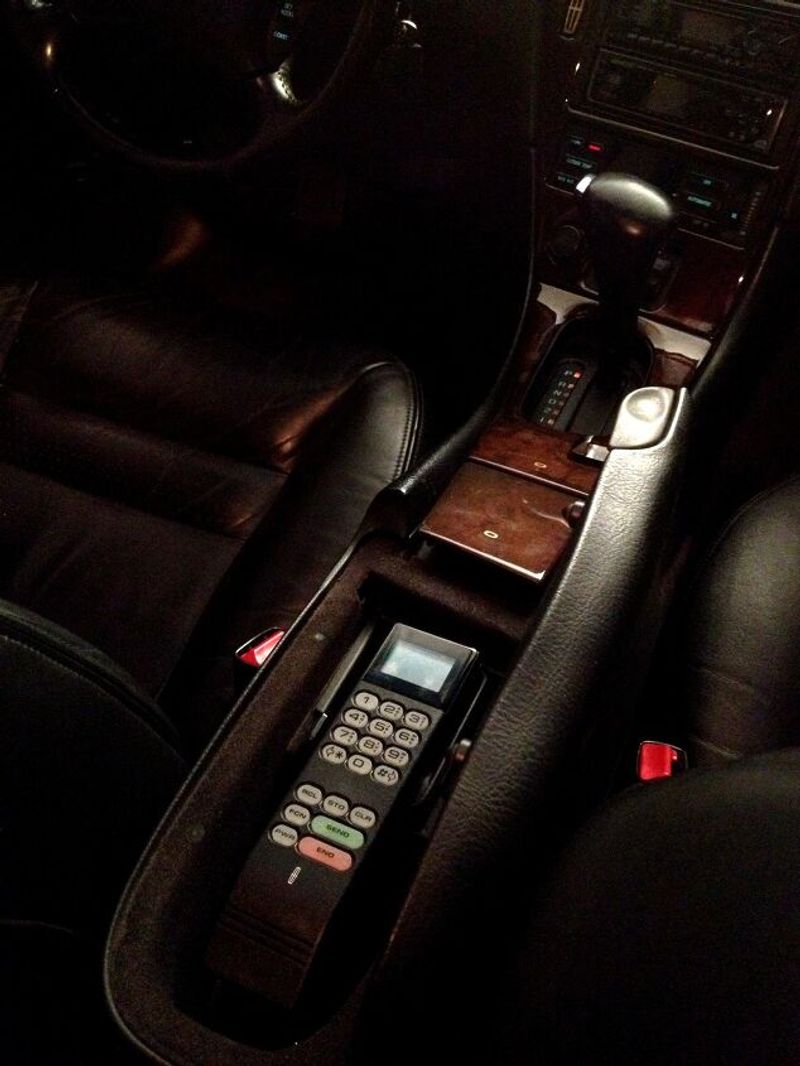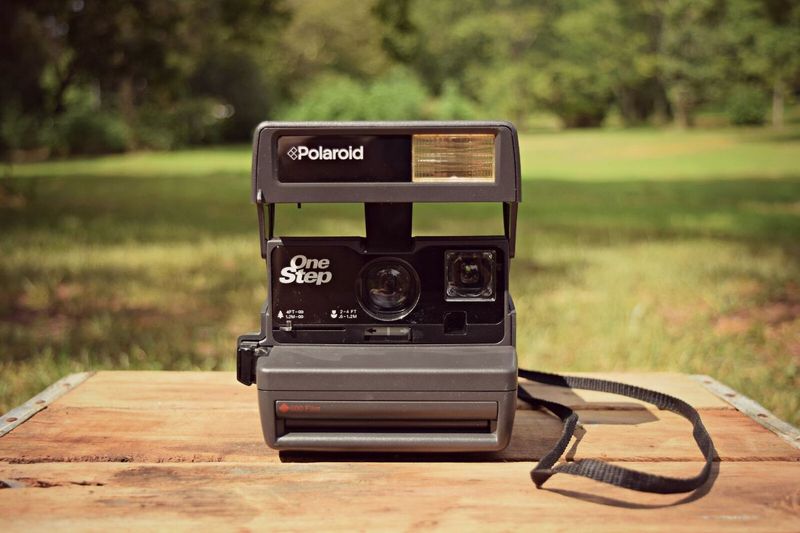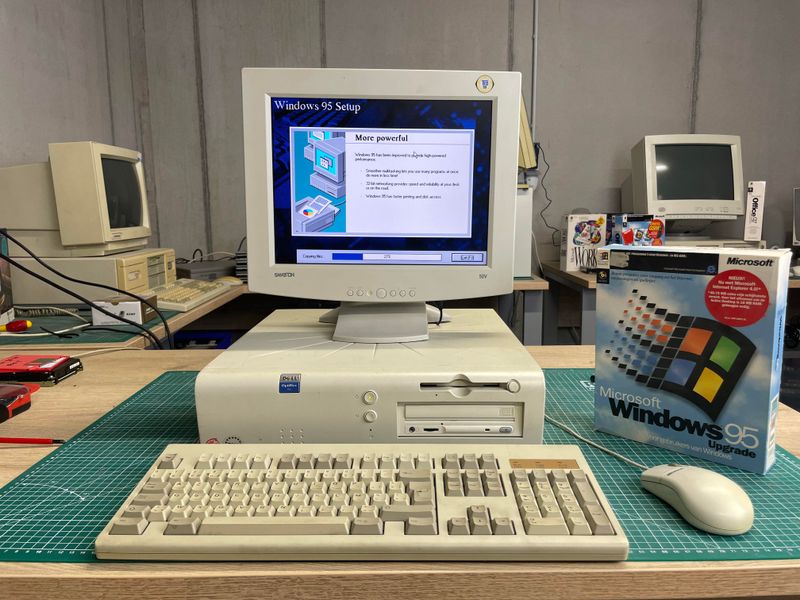Explore the nostalgia and charm of technology from the past, examining how these devices shaped our experiences and left a unique mark on our lives. From the satisfying clunk of a rotary phone to the excitement of waiting for a Polaroid picture to develop, each piece tells a story of innovation and cultural impact. This collection delves into the quirks and peculiarities that made these gadgets unforgettable, even as they’ve been replaced by more modern alternatives. Join us on a journey through 23 iconic tech items that evoke memories and nostalgia in a way that today’s sleek gadgets often miss.
1. CRT TVs
The chunky presence of CRT TVs is unforgettable. Turning them on, you’d hear a distinct thunk, followed by the static electricity crackling on the screen. Watching movies or playing video games on these screens had a different charm with no lag for retro gaming enthusiasts. The physical heft and the glow of the screen created an immersive viewing experience that modern flat screens can’t quite replicate. Despite their bulk and occasional color distortions, CRTs hold a special place in tech history for their unique visual characteristics and nostalgic value.
2. Flip Phones
Flip phones were more than communication devices; they were style statements. Snapping one shut after a call was a power move, exuding satisfaction. T9 texting, though cumbersome, was a skill many mastered, turning texting into an art form. These phones fit comfortably in pockets, unlike today’s larger devices. The tactile experience of flipping them open and closed was addictive. They communicated a sense of style and sophistication, now replaced by sleeker, touch-based devices. Flip phones encapsulated a period when mobile communication was just beginning to revolutionize our social interactions.
3. Walkmans & Discmans
Remember the days when carrying a Walkman or Discman was a badge of honor? The struggle with anti-skip technology while jogging or sitting on a bumpy bus ride added character to our music experience. Rewinding tapes with a pencil was a problem-solving skill of its own. Owning a Case Logic CD binder was a rite of passage, treated like a treasure trove of favorite albums. While streaming services offer convenience, the tangible connection to music through these devices fostered a deeper appreciation and engagement with each track played.
4. Dial-Up Internet
The distinct screech of a dial-up modem remains etched in memory. Each connection attempt was a suspenseful event, greeted by the charming “You’ve got mail!” The heartbreak of someone picking up the phone mid-download was a common woe. Internet browsing was a slower, more deliberate process, contrasting sharply with today’s instant connectivity. Yet, this slower pace fostered a unique anticipation and excitement. Dial-up was the gateway to the digital world, laying the groundwork for our current internet-driven lifestyle, even if it came with its unique set of challenges.
5. PDAs (Palm Pilots & BlackBerrys)
Before smartphones, PDAs like Palm Pilots and BlackBerrys were the epitome of portable productivity. The stylus scribbles and clicky keyboards defined an era where business and personal organization became mobile. BlackBerry Messenger (BBM) was the precursor to modern instant messaging, offering a novel way to stay connected. These devices were the forerunners of the smartphone revolution, enabling users to manage calendars, emails, and contacts on the go. While tech has advanced, the nostalgia for these early PDAs reflects their foundational role in shaping mobile communication.
6. Overhead Projectors
The overhead projector was a classroom staple, its gentle hum and the smell of transparency markers filling the room. Teachers often struggled with sheet alignment, creating impromptu entertainment for students. The comforting whirl of the cooling fan was a constant backdrop to lessons. This analog technology facilitated interactive learning, long before digital projectors took over. Despite its quirks, the overhead projector was a symbol of educational innovation, enabling teachers to convey complex information visually, enhancing the learning experience in memorable ways.
7. Floppy Disks
Floppy disks, with their distinctive click-clack insertion sound, were the embodiment of early data storage. They held less than a single MP3, yet were essential for saving and transferring files. The physical act of inserting a floppy into a drive was satisfying, a stark contrast to today’s invisible cloud storage. Despite limited capacity, floppy disks symbolized technological progress, providing a portable solution to data management. Their legacy endures as the iconic save icon, a nostalgic nod to the early days of personal computing and data preservation.
8. VHS Tapes
Be kind, rewind was the mantra of the VHS era. These tapes, often subject to tracking issues and tape-eating VCRs, brought cinema into homes. Pan-and-scan edits were common, sometimes altering the director’s vision. Viewing required patience and care, as fast-forwarding to favorite scenes wasn’t instant. Despite limitations, VHS tapes provided a tangible way to own movies, offering a personal home theater experience. They captured a time when movie nights involved physical media, creating a sense of anticipation and ownership that digital downloads can’t quite match.
9. Cassette Tapes
Making a mixtape was an act of love and creativity. Cassette tapes allowed for personalized music compilations, often crafted with great care. Rewinding a chewed-up tape with a pencil was a common ritual, part of the charm of this analog medium. Despite the rise of CDs, cassettes retained a loyal following, their audio quality and tactile nature offering a unique listening experience. The mixtape phenomenon symbolized personal expression through music, a sentiment that resonates even today as playlists take their digital place.
10. Boomboxes
Boomboxes were the ultimate flex in the ’80s and ’90s, their presence synonymous with street culture and music. Blasting tunes in public spaces, these portable sound systems required a hefty supply of D-cell batteries. Carrying a boombox was a statement of musical taste and social connection, a central element at gatherings and parties. Despite their bulk, they offered unmatched sound quality and volume. Boomboxes epitomized a time when music was shared openly, creating communal experiences and memories, contrasting with today’s personal and isolated listening habits.
11. Pagers (Beepers)
Before the era of smartphones, pagers were essential for staying in touch, especially in professional settings. Receiving a mystery number meant finding a payphone, an adventure in itself. Despite technological advancements, pagers remain in use, particularly in hospitals where reliability is paramount. They symbolize a simpler, more direct form of communication, free from the distractions of modern devices. Pagers evoke a sense of nostalgia for a time when messages were succinct and deliberate, a contrast to the constant connectivity and information overload we experience today.
12. Film Cameras
Film cameras introduced many to the art of photography, where each shot was precious. Waiting for developed photos was an exercise in patience and anticipation. Blurry images or thumbs over the lens were common surprises, adding character to family albums. Unlike digital cameras, film required careful consideration of each frame. This deliberate approach cultivated a deeper appreciation for photography, emphasizing skill and creativity. Though digital cameras offer convenience, the tactile process and mystery of film capture a timeless appeal, preserving memories in a unique and tangible way.
13. Rotary Phones
Rotary phones were a tactile communication experience. Dialing required patience, especially if you misdialed and had to start over. Without caller ID, every call was a surprise, adding an element of mystery to conversations. The physical act of dialing and the satisfying click at each number made phoning an engaging ritual. While modern smartphones offer convenience, the rotary phone’s charm lies in its simplicity and the human connection it fostered. They remind us of a time when communication was more intentional and personal, grounded in physical interaction.
14. LaserDiscs
LaserDiscs were the forgotten middle child between VHS and DVD, known for their giant size and high-quality video. Flipping the disc midway through a movie was a quirk of the format. Despite their short-lived popularity, LaserDiscs offered superior picture quality and interactive features, laying the groundwork for DVDs. They catered to cinephiles and early adopters, intrigued by the promise of enhanced resolution. Though impractical by today’s standards, LaserDiscs represent an era of experimentation in home video, contributing to the evolution of how we consume media.
15. Zip Drives
Zip drives promised high-capacity storage in a compact form, a significant leap from floppy disks. However, compatibility issues meant not everyone could read them, which limited their widespread adoption. Despite this, Zip drives were popular among tech enthusiasts and professionals needing portable, reliable storage. They symbolize a transitional phase in data storage technology, bridging the gap between floppy disks and USB drives. While technology has moved on, the legacy of Zip drives lies in their role in pushing the boundaries of storage capacity and portability.
16. MiniDisc Players
MiniDisc players were Sony’s attempt to revolutionize portable audio. They arrived too late for cassettes and too early for MP3s, resulting in a niche following. Aesthetic in design, they offered superior sound quality and recording capabilities. MiniDiscs were compact and rugged, ideal for those seeking an alternative to CDs. Despite their potential, they struggled to compete with the convenience of emerging digital formats. Their legacy is one of innovation caught between technological waves, representing the challenges and excitement of the rapidly evolving audio landscape.
17. Tamagotchis
Tamagotchis were a worldwide craze, teaching responsibility through pixelated pet care. The stress of keeping these digital pets alive was real, as neglect led to inevitable demise. They captivated a generation, blending play with nurturing instincts. During math class, a Tamagotchi’s unexpected death could bring genuine heartbreak. Despite their simplicity, Tamagotchis represented an early form of interactive entertainment, foreshadowing the virtual pets and games that followed. Their appeal lay in their ability to engage and connect players emotionally, a feat still relevant in today’s gaming culture.
18. Game Boy (Original Brick)
The original Game Boy was a brick of joy, introducing handheld gaming to the masses. Its lack of a backlight and reliance on AA batteries were small prices to pay for portable entertainment. Gamers developed rituals, like blowing into cartridges, to keep their games running. Despite its simplicity, the Game Boy offered a diverse library of games, fostering a communal gaming culture. Its legacy endures, inspiring modern handheld consoles and mobile gaming. The Game Boy represents a pivotal moment in gaming history, where imagination and creativity thrived within handheld constraints.
19. Fax Machines
The fax machine, with its distinctive dialing and printing sounds, remains a relic of office communication. Despite sounding like a dying robot, it persists in industries valuing document authenticity. The ritual of sending and receiving faxes evokes nostalgia for simpler times, contrasting with today’s digital communication. Fax machines symbolize a blend of analog and digital technology, bridging the gap between eras. They highlight the evolution of communication and the enduring need for tangible, paper-based exchanges, even in an increasingly digital world.
20. Typewriters
The typewriter’s clatter is synonymous with the art of writing. Each keystroke was definitive, with no backspace to undo mistakes. Wite-Out was a writer’s best friend, masking errors with a dab of correction fluid. Despite the finality of typing, typewriters inspired creativity and focus, free from digital distractions. The tactile feedback and rhythmic flow of keys made writing a physical and auditory experience. In today’s digital age, typewriters symbolize a return to craftsmanship and intentionality, capturing the romance of manual creation in a world of instant results.
21. Car Phones
Car phones were the epitome of luxury in the ’80s, transforming vehicles into mobile communication hubs. With a corded handset and bulky installation, they were a status symbol among the elite. The novelty of making calls on the road was unmatched, offering a glimpse into the future of mobile technology. Despite their impracticality, car phones paved the way for modern in-car connectivity and hands-free communication. They represent a bygone era of technological ambition, where innovation often outpaced practicality, leaving a legacy of aspiration and advancement.
22. Polaroid Cameras
Polaroid cameras offered the magic of instant photography, a novelty in a pre-digital world. Each shot was a one-of-a-kind, capturing candid moments with charm and spontaneity. Shaking the developing photo was an impatient ritual, often leading to accidental blurring. Despite this, Polaroids created cherished memories, tangible and unique. Their impact on photography is profound, inspiring modern instant cameras and apps. Polaroids symbolize the joy of capturing life in real-time, preserving moments in physical form, a nostalgic reminder of the value of instant gratification in a fast-paced digital age.
23. Windows 95/98
Windows 95 and 98 marked a revolution in personal computing, introducing a user-friendly interface and expanding accessibility. The bliss of playing Solitaire was matched only by the terror of the Blue Screen of Death. Installations via dial-up were an exercise in patience, with lengthy waits for updates. Despite these quirks, Windows brought computing to the masses, laying the foundation for modern operating systems. The nostalgia for these versions reflects their pivotal role in shaping our digital interactions, making complex technology approachable and personal for everyday users.
